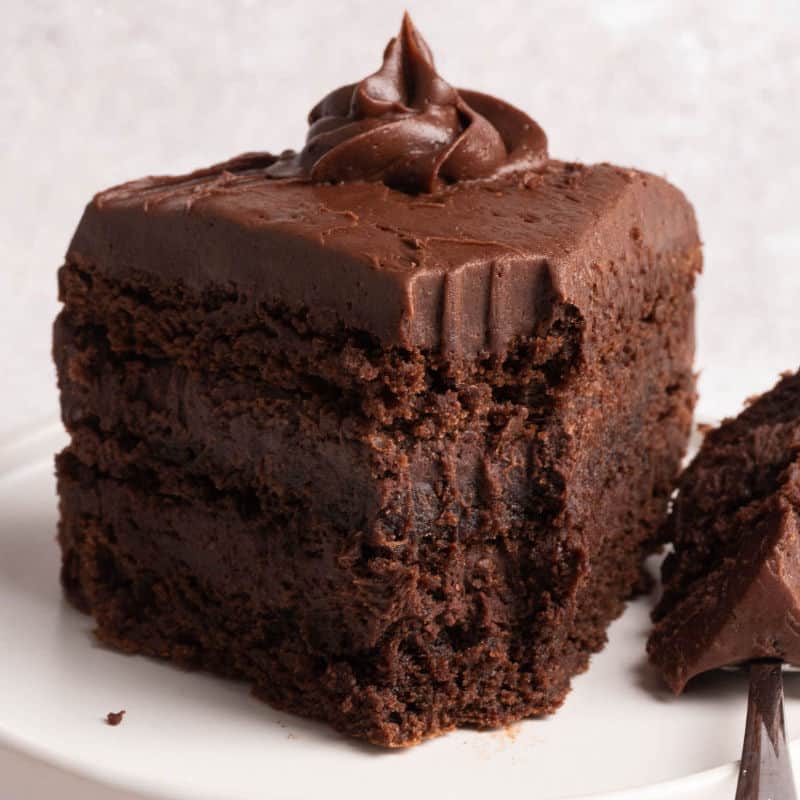New to using coconut flour? These coconut flour recipes are kitchen-tested and are the best of the best you’ll find on the internet!
Coconut flour has gained a lot of popularity over the years. This unique high-fiber flour is made from mature coconut meat. It’s completely gluten-free and grain-free, making it suitable for those on a paleo grain-free diet.
With the rise of celiac and gluten intolerance, many folks are moving away from traditional flour and are learning to bake with alternative flours, grains, and starches like coconut flour, tapioca starch, and arrowroot powder because they’re easier on digestion.
Looking for some fantastic organic coconut flour? Click here or read my full explainer on the best coconut flours you can buy.
If you’ve ever baked with coconut flour, you’ll know that it can be pretty tricky to use. Coconut flour is a unique gluten-free low carb flour that has a light coconut flavor. Below are the most frequently asked questions I’ve received from readers.

Coconut Flour Recipes (+ Homemade Coconut Flour!)

The best coconut flour recipes that have been tried and tested! Learn why coconut flour is fantastic for baking and even how to make your own flour!
Prep: 2min
Total: 12min
Yield: 1
Serving Size: 1 tablespoon
Nutrition Facts: servingSize 1 tablespoon, calories 30 kcal, Carbohydrate 4 g, Protein 1 g, Fat 1 g, Sodium 1 mg, Fiber 3 g
Ingredients:
- 1 large coconut
- 4 cups boiling water
Instruction:
- Cut a hole in the coconut and drain out the coconut juice.
- Remove the skin from the coconut and chop up the coconut flesh.
- Transfer the coconut meat into a blender. Add the boiling water and blend together for 1-2 minutes, until no large chunks remain and the pulp is mostly smooth. Let the mixture sit in the blender for 5 minutes to cool down.
- Preheat the oven to 80C/170F and line a large baking sheet with parchment paper. Set it aside.
- Strain the mixture through a cheesecloth and squeeze out the excess liquid.
- Place the dry coconut pulp onto the lined baking sheet. Bake for 40-45 minutes, until the pulp is completely dry.
- Remove the dry coconut from the oven and place it back in the blender. Blend for 1-2 minutes, until a flour-like consistency remains. Transfer into an air tight container until ready to use.
Coconut Flour Recipe

Learn to make organic coconut flour at home with this simple tutorial! All you need is coconut meat, water, a blender and an oven. Then you’ll have an unlimited supply of this gluten-free baking flour perfect for those on a paleo or keto diet.
Prep: 10min
Total: -467166h11min
Yield: 2
Serving Size: 1 cup
Nutrition Facts: servingSize 1 cup, calories 480 calories, Fat 12g, Carbohydrate 72g (32g net carbs), Fiber 40g, Protein 24g
Ingredients:
- 4 cups water
- 2 cups dried shredded coconut
Instruction:
- Heat the water in a pot but do not let it boil.
- Place the dried coconut meat in the blender and add the hot water. Let it steep for about 20-30 minutes, and then blend on high until it is thick and creamy (about 2-3 minutes).
- Strain through a mesh strainer and then strain again through a towel.
- Store the coconut milk in the refrigerator.
- Next, spread the coconut pulp that was leftover from making the milk out on a cookie sheet lined with parchment paper.
- Use a fork or a whisk to break up the pulp. Try to get as many lumps out as possible.
- Now you can either leave it out for 24 hours to air dry or put it in your oven at the lowest setting for 4 hours. These are the two methods I have tried.
- You can also put it in the dehydrator or put it in your oven overnight with the oven light on. Once it’s dried, throw it back in the blender to make your flour.
- Store the coconut flour in an airtight container.
Coconut Flour 3 Ways: Pancakes, Banana Bread & Cookies
FAQ
What is coconut flour best used for?
Can I use coconut flour instead of all purpose flour?
What are the tricks for baking with coconut flour?
Can you use coconut flour for anything?
